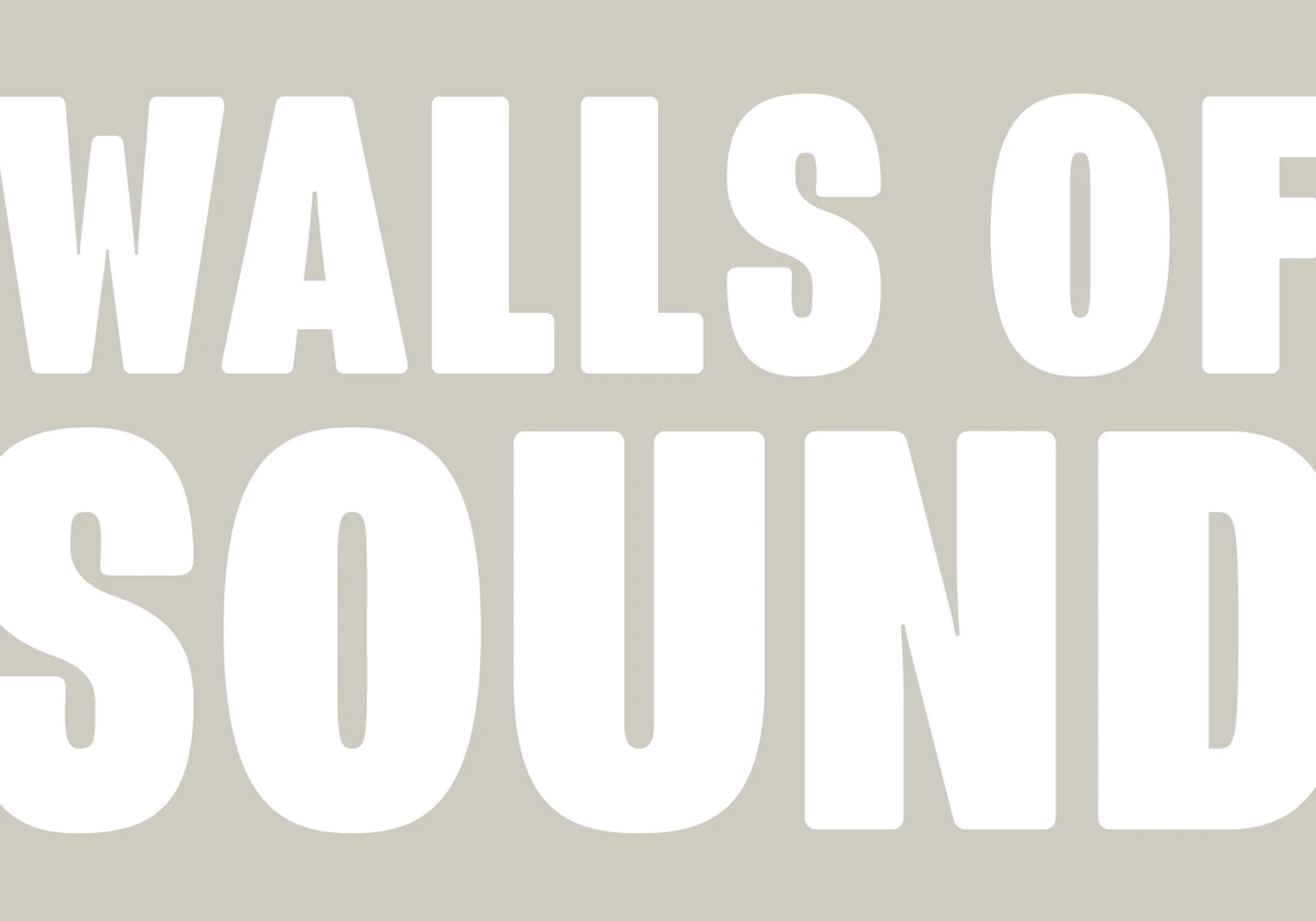One of the most important things you can do to improve your mixes deals with monitor placement. Correct placement allows your speakers to perform at their potential. A thorough discussion of room acoustics would take (and does fill) volumes, but here are some quick tips to get you started.
Listening tests are also helpful in configuring monitor placement. A variety of calibration CD's are on the market, but two specific audio tests are worth trying. The Music Articulation Test Tone (MATT), developed by Acoustic Sciences Corporation, is distributed on the Stereophile Test Disc 2 (). MATT is a series of tone bursts that rise in pitch. Each pitch is separated by a short silence. The goal is to hear discreet bursts. If the pitches become smeared or garbled, it could indicate a problem at that frequency.
A great stereo imaging test is the LEDR, which stands for Listening Environment Diagnostic Recording (pronounced "leader" — a trademark of Electro-Acoustic Systems, Inc.) The test consists of a series test sounds that are supposed to "migrate" through the stereo field of two monitors. A sampled cabasa is manipulated to move through three different paths: Up, Over, and Lateral. The differences between what these signals are designed to do, and what your system actually does will give you a hint at the imaging accuracy of your mixing environment. The Prosonus Studio Reference Disc and Cheskey Records Jazz Sampler & Test Volume 1 CD (JD037 ) have the LEDR test.
Before spending money on new monitors or acoustic treatments, be sure you've realized your system's potential with correct loudspeaker placement.
[object Object]
[object Object]
[object Object]
[object Object]
[object Object]
[object Object]
[object Object]





